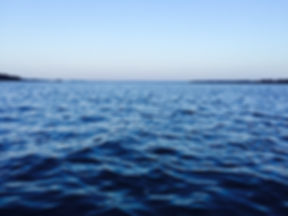
Cedar Group, Inc


"In the creation of each installation, there is not only no border between the craft and craftsman, but also between the work and the other people who experience it. The major attraction of a real craft lies in this unification. A new craft should bring a new emotion in our life."

Story + Photography by Michele Roldán-Shaw
Tucked down a quiet country road on St. Helena Island, the ruined Chapel of Ease stands sedately under live oaks. Lizards scatter over its walls, which offer a study in texture: weather-stained plaster, eroded brick and a ragged surface of shell bits bleached white by the sun. The remains of this 18th-century structure are a hauntingly beautiful monument to one of the Lowcountry’s most enduring crafts, a type of oyster shell concrete known as tabby.
Story + Photography by Michele Roldán-Shaw
Tucked down a quiet country road on St. Helena Island, the ruined Chapel of Ease stands sedately under live oaks. Lizards scatter over its walls, which offer a study in texture: weather-stained plaster, eroded brick and a ragged surface of shell bits bleached white by the sun. The remains of this 18th-century structure are a hauntingly beautiful monument to one of the Lowcountry’s most enduring crafts, a type of oyster shell concrete known as tabby.
















